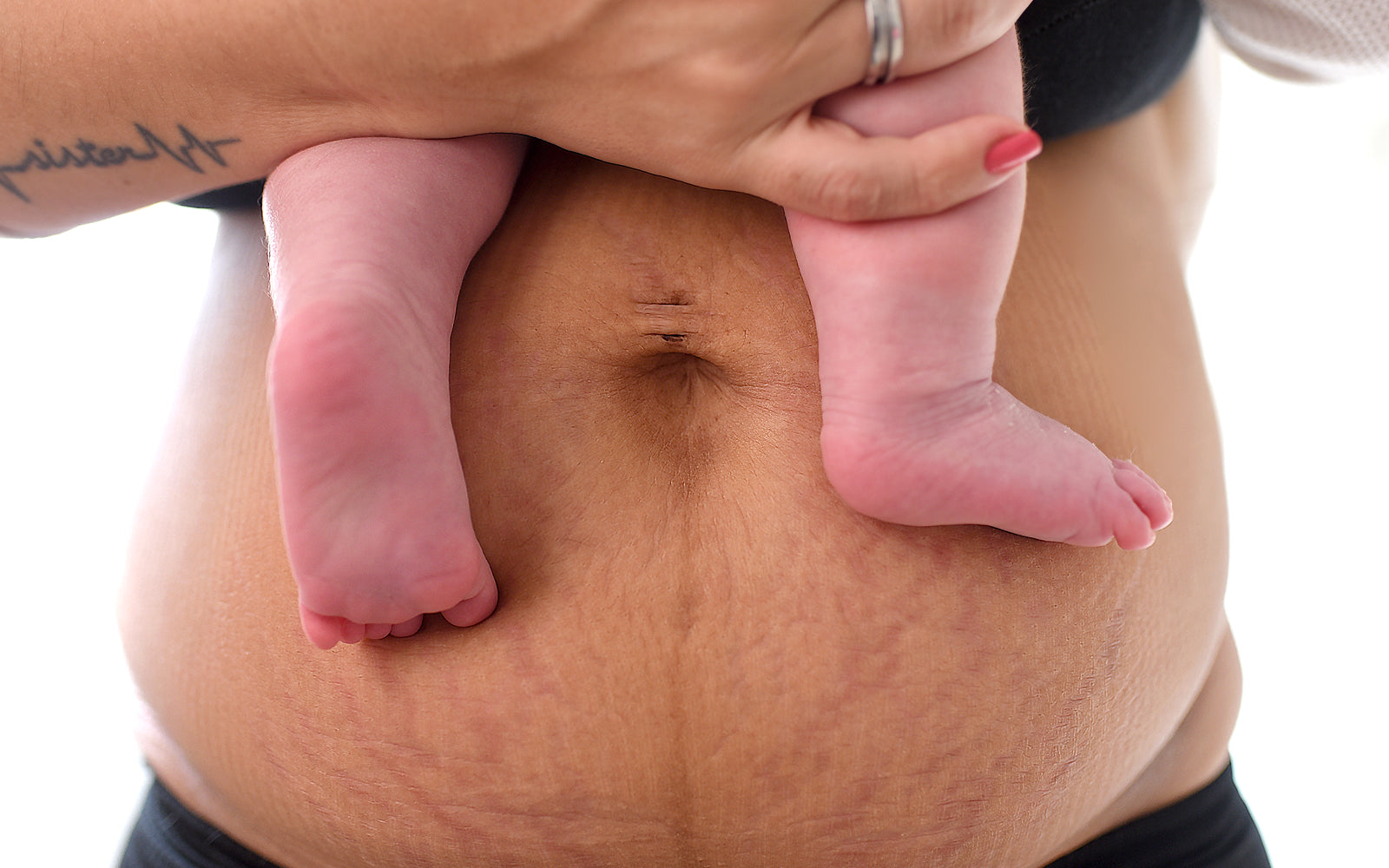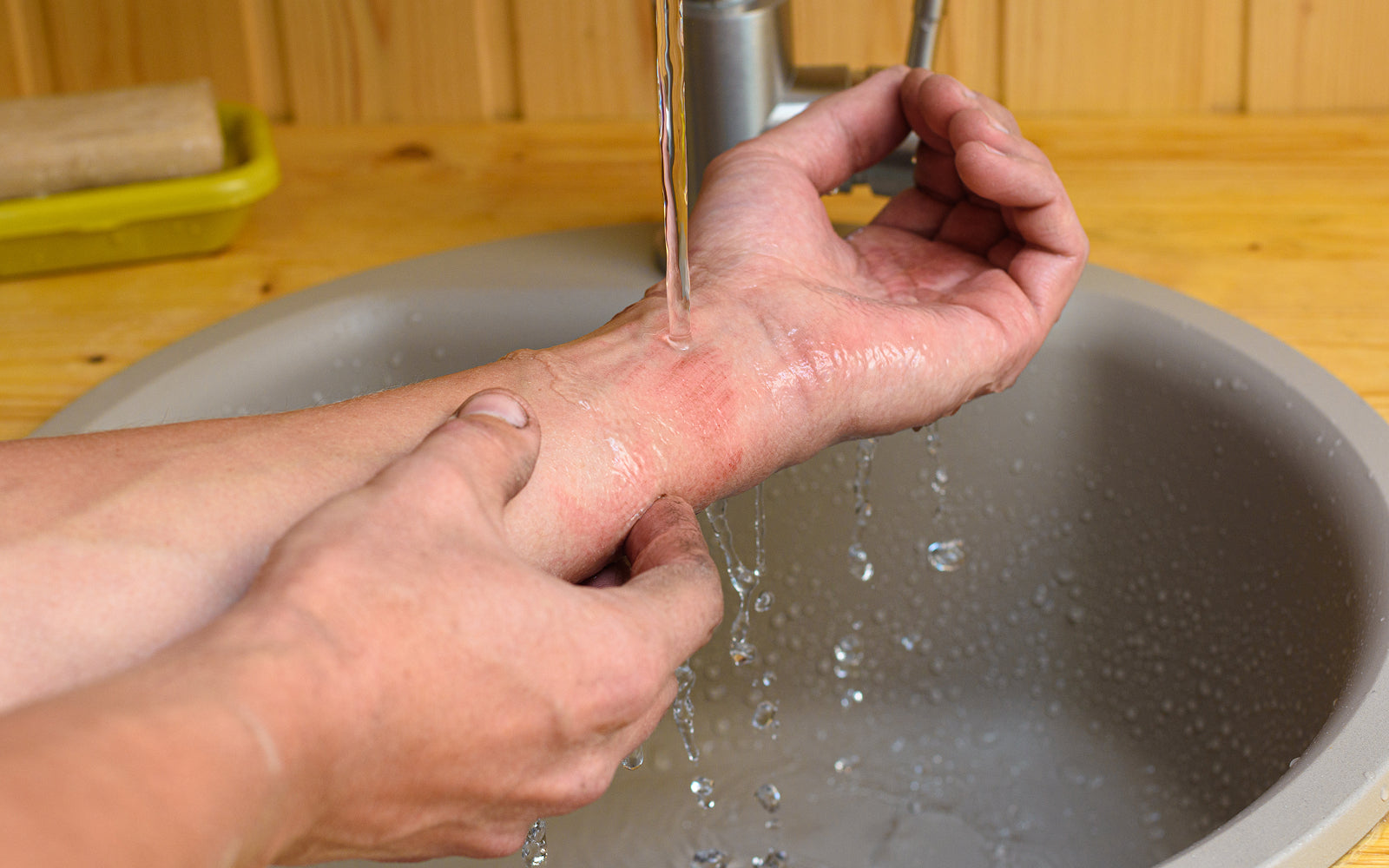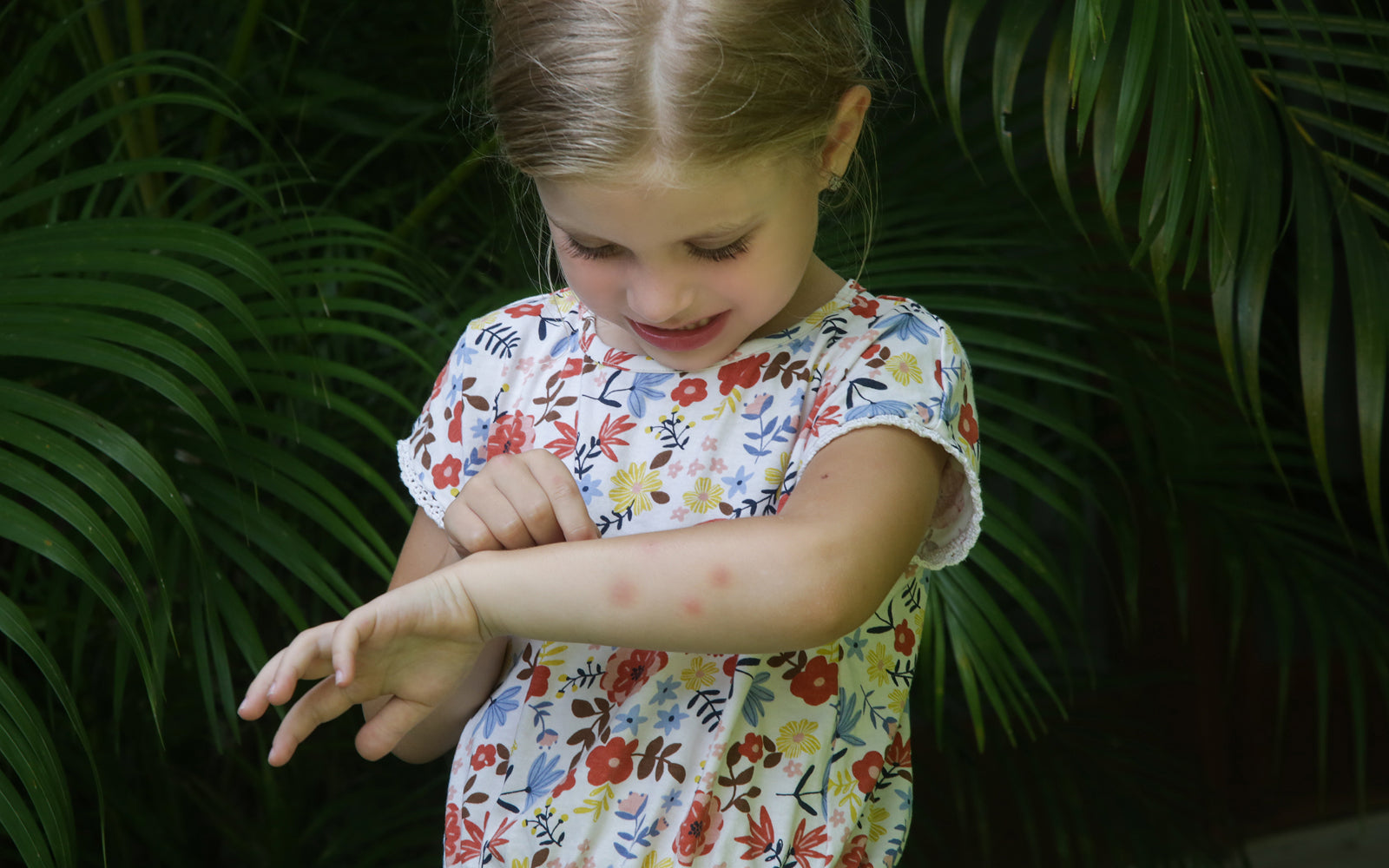
How to Treat Minor Cuts at Home
Most minor cuts can successfully be treated at home. How can you tell if it should be treated at home?
- If the cut isn’t too deep and you don’t need stitches
- If you can stop the bleeding in 10 minutes with gentle pressure
- The wound is not in a place where scarring will be a problem, like your face for example
- You or your loved one has an a easily cleaned minor wound and you have had 3 or more doses of the tetanus vaccine, with the last vaccine within the last 5 years.1,2
By following some simple steps, and using Dermoplast, you can help the body heal. So whether it’s pain relief, or pain relief and helping to prevent infection, Dermoplast products are prepared to comfort. Dermoplast can help for however minor cuts happen – from minor cuts in the kitchen, to falls from sports or playing. Ask a doctor before using Dermoplast if you have a deep or puncture wound, an animal bite, a serious burn or a dirty wound.
How the Body Deals With a Wound:
To start with, it’s good to understand the body’s healing process.
CLOTTING
Immediately following a cut, the body works on stopping the bleeding by forming a clot to plug the wound. This is done when blood cells called platelets come to the wound and stick together in clumps, acting like glue to close the hole in the blood vessel.3
INFLAMMATION
Some swelling and redness may occur around the wound as white blood cells clear the injured area of bacteria and other germs to keep it from getting infected.3
Dermoplast First Aid Spray is formulated with the maximum strength of OTC pain reliever, benzocaine, to help ease the pain of inflammation and helps to prevent infection with a proven antiseptic ingredient. Ask a doctor before using Dermoplast if you have a deep or puncture wound.
SKIN REPAIR
The white blood cells also make chemicals called growth factors that help repair the injured area. With blood cells bringing oxygen and nutrients to the wound, the body begins to heal by building new skin. Once the damage has been fully repaired, the skin should be about as strong as it was before the injury. You might see a scar, which starts out red but should fade with time.3
How to Care for a Wound:
Now that you understand how the body reacts to a wound, here’s what you can do to treat minor cuts and help your skin heal properly.
STOP THE BLEEDING
- Always wash your hands before treating a wound
- Put gentle pressure to the wound with a gauze pad or clean cloth. If blood soaks through, add another
piece on top - Consider raising the injured area to help slow the flow of blood
- Keep up the pressure for a few minutes1,4
CLEAN THE WOUND
To prevent infection, clean out any dirt and debris in your wound to prevent infection. To do this:
- Rinse the cut with cool, clean water4,5
- Wash around the wound with a little bit of soap4
- Don’t get soap on the wound5
- Don’t use hydrogen peroxide or iodine, because it could irritate skin that’s already damaged4
- Gently pat dry with a clean gauze pad5
- Use tweezers cleaned with rubbing alcohol to gently remove any dirt, splinters, glass, gravel, or other things left inside the wound4,5
- If you can’t get everything out, see a doctor1
HELP THE SKIN HEAL
Once the wound is clean, there are a few more things to consider for aiding the healing process. An antibacterial ointment can be applied onto the wound to help the wound stay moist and prevent infection.1,4
Another option is to use to Dermoplast, which provides pain relief, an antiseptic agent to help prevent infection, and ingredients to keep the skin moisturized. The no-touch application also helps to lessen the pain when treating the wound.
COVER THE CUT
Covering with a bandage promotes healing by keeping the wound clean and helping prevent re-injury. A bandage should be replaced daily, or when it gets wet or dirty. Before applying a new bandage, inspect the wound for signs of infection.4
SYMPTOMS TO WATCH FOR WHEN TREATING AT HOME:
Even if you’re careful, a wound can still get infected. Be sure to keep an eye on the wound during the healing process and check with a doctor if any of the following occur:
- Continued or worsening redness and swelling
- Pain near the wound gets worse
- Symptoms persist for more than a few days or clear up and occur again within a few days
- Fluid or pus oozes from the wound
- Red streaks near the cut
- A fever develops1,4
References:
- Kaji A. Wounds. Merck Manual Consumer Version Website. https://www.merckmanuals.com/home/injuries-and-poisoning/first-aid/wounds/. Accessed March 2019.
- Wound management and tetanus prophylaxis. https://www.cdc.gov/tetanus/clinicians.html. Accessed March 2019.
- How wounds heal. Johns Hopkins Medicine Website. https://www.hopkinsmedicine.org/healthlibrary/conditions/surgical_care/how_wounds_heal_134,143. Accessed March 2019.
- Cuts and scrapes: first aid. Mayo Clinic Web site. https://www.mayoclinic.org/first-aid/first-aid-cuts/basics/art-20056711. Accessed March 2019.
- Schlesselman LS. Scrapes, cuts and bruises. Pharmacy Times. July 1, 2003. https://www.pharmacytimes.com/publications/issue/2003/2003-07/2003-07-7311. Accessed March 2019.


